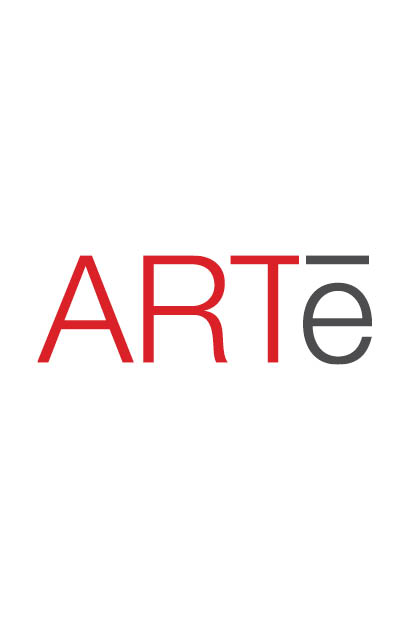Clarence Holbrook Carter • American (1904-2000)
Front Porch • Watercolor on Paper
A country boy in the big city thought he was doing a good job. Clarence Carter had a rude introduction to Cleveland. As a young boy in the Ohio River town of Portsmouth, he’d won every art contest he entered, including prizes at the Ohio State Fair. But, when he arrived at the Cleveland Institute of Art he soon realized he was far behind students who had been better educated in the city’s public schools. Slowly he gained his footing and clawed his way up. His fascination with artists like Ludovico Cardi, a 16th Century Italian Mannerist, helped him find his bearings.
One fateful day William Milliken, one of the most imposing figures in the world of art, walked through the school’s studio and saw Carter painstakingly painting a copy of Cardi’s Pieta. He had the school’s permission to do the painting, but no one told him he couldn’t make it the same size as Cardi’s original. An innocent mistake, but a big deal to the director of a large, culturally significant museum. Even an innocent forgery could infect the global market for museum quality art.
But, the kid’s painting was so good, Milliken couldn’t bring himself to destroy it. Instead he shipped it off to the Belgian doctor who owned the original and asked his permission for the kid to keep his painting. A few months later the doctor returned the painting with a series of stamps on the back granting his approval for Carter to keep the work. Case closed, career started.
(story continues below break)





















